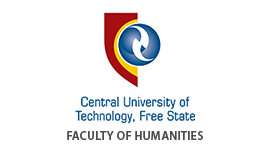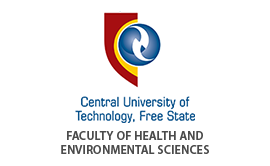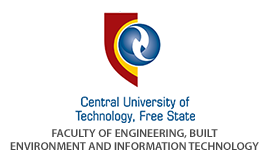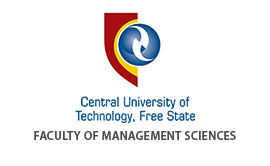CUT launches its 4th Industrial Revolution task force
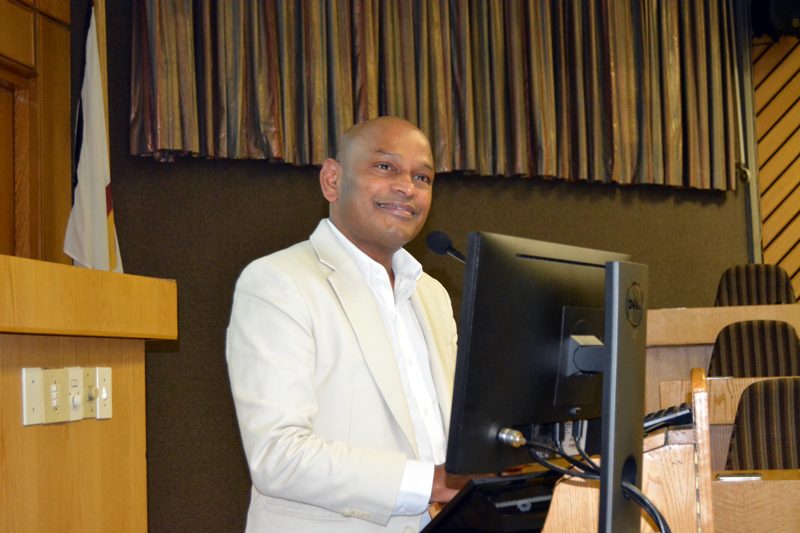
The 4th industrial revolution has taken the world by storm, changing how we live, work, and communicate.
CUT recently launched the 4th industrial revolution-and-circular-economy task force to prepare the institution for the Rapidly Changing World.
Prof. Henk de Jager, Vice-Chancellor and Principal said the reason for launching the task force is to prepare the institution for the 4th Industrial Revolution. He mentioned that the task force will specifically focus on identifying areas that should be addressed to prepare for Industrial Revolution (IR) and Circular Economy (CE), develop a roadmap of broad issues and timelines, develop a budget and mobilise funds.
“It is important for us to lead the region and take a proactive step in driving the 4thindustrial revolution and it is for that purpose that we should think out of the box, reposition and realign ourselves with the Sustainable Development Goals (SDG) and technologies within the revolution.”
At the launch Prof. Seeram Ramakrishna, one of the world’s most influential scientists delivered a presentation on the circular economy and 4th industrial revolution, giving practical examples of Singapore.
He said that the amount of resources humans are consuming; especially for the last 50 years exceeds the rest of humanity that has been living on planet earth. “Many countries are trying to move away from the linear economy of using products then throw them away causing a variety of waste to pile up. Singapore has moved to the concept of the circular economy which is to ultimately have zero waste. This is an ideal concept but difficult to achieve. The whole vision is to mine once, produce a product and use it in every possible way so that the waste is zero or minimum.”
He also spoke about the 4th industrial revolution and said it is all about finding ways to improve the efficiency productivity and value for the investment. “It is a very broad term defined as a concept of robots, artificial intelligence, automation, internet of things, machine learning, computing, 3D printing and nanotechnology. These have a transformative effect on the way the products are designed, made and delivered and the services to the people, so the business models are changing and is the economy. This particularly 4th IR is prominent in so many countries. Singapore alone invested 5 billion dollars. The machines learn how the humans behave and assist to be more productive and efficient human beings. These technologies are moving towards making every step of human activity more efficient and productive.”
When speaking about the drivers and the combination of the 4th IR and circular economy, he said that people no longer want to repair, they use and throw away, and that is what generates e-waste which is one of the fastest accumulating waste in the world. “We are now moving in the 4th IR technology of gen robots trying to apply them to sort this e-waste automatically. There are other IR technologies like sensors where you aggregate the type of waste being piled up. There is a term called remanufacturing, after service life the components are remanufactured using technologies like 3D printing which is a similar technology you have at CRPM. I think for SA remanufacturing is extremely important and relevant in because there are a lot of industries.”
He mentioned some of the technological advancements and devices used in Singapore which are smart bins, converting food waste to energy, solar energy, designing buildings with wood, automatic cleaner, smart toilets and robots.

The 4th industrial revolution technologies provide a means for realising circular economy vision which essentially embeds all the United Nations Sustainable Development Goals (SDG). The SDG is tightly linked to the circular economy concepts which can only be realised by applying 4th industrial revolution technologies. There is a new ranking of universities coming up focusing on SDG, and I hope CUT will appear strongly.
Members of the task force were elected based on the faculty’s contributions, and they are Mr Watson Manduna, Prof. Moosa Sedibe, Prof. Deseré Kokt, Prof. Herman Vermaak, Prof. Laetus Lategan, Dr Gary Paul, Prof. Muthoni Masinde, Mr Gcobane Quvile, Prof. Alfred Ngowi and Prof. Seeram Ramakrishna.
Images
1: Prof. Seeram Ramakrishna, one of the world’s most influential scientists presenting the 4th industrial revolution and circular economy.
2: From left Prof. Henk de Jager, Vice-Chancellor and Principal, Prof. Alfred Ngowi, Deputy Vice-Chancellor, Research Innovation and Engagement; Prof. Seeram Ramakrishna, CUT Alumni and Professor of Mechanical Engineering and Bioengineering: National University of Singapore; Prof. Muthoni Masinde, Head of the Information Technology department; Prof. Laetus Lategan, Director: Research, Postgrad Studies; Mr Leolyn Jackson, Director: International Office, Prof. Samson Mashele, Dean: Health and Environmental Sciences; Prof. Herman Vermaak, Dean: Engineering and Information Technology and Mr Silus Newaku from Namibia University of Science and Technology (NUST).

CUT Hosts First Convocation Induction Following Reconstitution, Strengthening Alumni Partnership and Institutional Governance
Members of the convocation celebrate a new chapter in CUT’s alumni governance. The Central University...

CUT Formalises Strategic Collaboration with Henan University of Engineering
Back row: Prof Yue Guoning, Professor, School of Management Engineering, Mr Liu Rugu, Director: International...

CUT Council tours key campus facilities and residences
CUT Chairperson of Council, Cllr Rajesh Mahabeer, accompanied by Vice-Chancellor and Principal, Prof....
